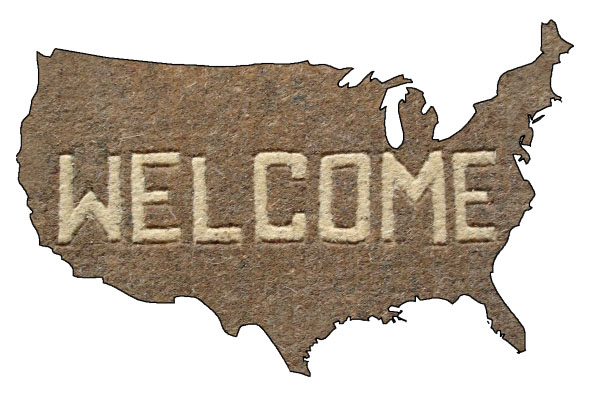


12/08/2016

From the Upshot section of The New York Times:
The American Dream, Quantified at Last
David Leonhardt DEC. 8, 2016
The phrase “American dream” was invented during the Great Depression. It comes from a popular 1931 book by the historian James Truslow Adams, who defined it as “that dream of a land in which life should be better and richer and fuller for everyone.”
In the decades that followed, the dream became a reality. Thanks to rapid, widely shared economic growth, nearly all children grew up to achieve the most basic definition of a better life — earning more money and enjoying higher living standards than their parents had.
These days, people are arguably more worried about the American dream than at any point since the Depression. But there has been no real measure of it, despite all of the data available. No one has known how many Americans are more affluent than their parents were — and how the number has changed.
It’s a thorny research question, because it requires tracking individual families over time rather than (as most economic statistics do) taking one-time snapshots of the country.
The beginnings of a breakthrough came several years ago, when a team of economists led by Raj Chetty received access to millions of tax records that stretched over decades. The records were anonymous and came with strict privacy rules, but nonetheless allowed for the linking of generations.
The resulting research is among the most eye-opening economics work in recent years. You’ve probably heard some of the findings even if you don’t realize it. They have shown that the odds of escaping poverty vary widely by region, for instance, an insight that has influenced federal housing policy.
If you want to know what Professor Chetty’s spectacular trove of data on your (purportedly confidential) tax returns really demonstrates, see my 2015 Taki’s Magazine analysis “Moneyball for Real Estate.”
After the research began appearing, I mentioned to Chetty, a Stanford professor, and his colleagues that I thought they had a chance to do something no one yet had: create an index of the American dream. It took them months of work, using old Census data to estimate long-ago decades, but they have done it. They’ve constructed a data set that shows the percentage of American children who earn more money — and less money — than their parents earned at the same age.
The index is deeply alarming. It’s a portrait of an economy that disappoints a huge number of people who have heard that they live in a country where life gets better, only to experience something quite different.
Among Americans born in 1940, by their thirties, 92% were making more than their parents had.
Among Americans born in 1980, it was a fifty-fifty tossup whether they’d be doing better or worse than their parents had.

That’s really bad.
There’s no data yet on those born in 1990, but the trend is bleak.
As usual, I did a text search on the string “migr” to see if there is any mention in the lengthy NYT article of “immigration” or “migrants” or similar words.
Of course there is not.
Even though a Presidential election was just fought in sizable part over immigration policy, it remains virtually inconceivable for our designated elites to think analytically rather than sentimentally about immigration’s effects on American life.
 Even Leonhardt might get himself in trouble for using the phrase “American Dream” in its politically incorrect obsolete sense of meaning the hope of American citizens that their children will do better than themselves. Today, however, “American Dream” has been retconned 180 degrees to mean the
Even Leonhardt might get himself in trouble for using the phrase “American Dream” in its politically incorrect obsolete sense of meaning the hope of American citizens that their children will do better than themselves. Today, however, “American Dream” has been retconned 180 degrees to mean the
Zeroth Amendment: the unquestionable civil right of foreign citizens to move to the United States without so much as a doubtful glance from Americans, much less a skeptical op-ed.
Whether this new definition of American Dream has anything to do with the death of the old definition of the American Dream is not something you would think about if you knew what’s best for your career.